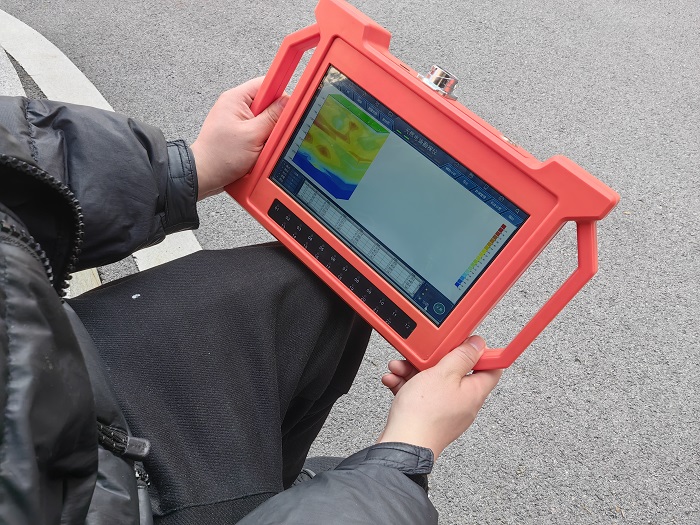In many regions, especially arid and semi-arid areas, the scarcity of water resources has become one of the important factors restricting local development. Finding new water sources has become an urgent need for people. In the past, searching for groundwater resources relied on experience and intuition, but now, with the development of science and technology, a tool called "ground water detector" is leading a new trend in groundwater detection.

2、 Overview of Ground Water Detector
Ground water detector is a device that integrates multiple high-tech methods, specifically designed to detect the location of underground water bodies. They use different physical principles to analyze the underground environment and determine possible water sources. This not only increases the success rate of finding water, but also greatly reduces the waste of resources caused by blindly drilling wells.
3、 Working principle
The working principle of a ground water detector mainly includes the following technologies:
1. Conductivity measurement
-Detecting the presence of groundwater by utilizing the changes generated when electric current passes through underground materials. The presence of water molecules increases the electrical conductivity of soil or rocks, allowing detectors to identify water containing areas.
2. Electrical resistivity imaging
-Create a three-dimensional image by measuring the resistivity differences of underground materials. Due to the presence of water affecting electrical resistivity, this method can effectively distinguish between dry soil and aquifers.
3. Electromagnetic method
-By emitting electromagnetic waves underground and receiving reflected signals. Analyze the underground structure based on the changes in signals, and then infer the possible location of water sources.
4. Gravity measurement
-Although rarely used, it is based on the small changes in the Earth's gravity field to detect groundwater resources. The presence of water bodies can have an impact on the local gravity field and thus be detected.
4、 Application examples
-In arid regions, government agencies and private enterprises use ground water detectors to plan new water sources to alleviate water scarcity issues.
-Accurate groundwater positioning in agricultural irrigation systems can help farmers better manage water resources and increase crop yields.
-In urban construction, in order to ensure the safety of urban water supply, relevant departments will also use ground water detectors to assess groundwater conditions.
5、 Development Trends
With the improvement of sensor technology and data analysis capabilities, future ground water detectors will be more intelligent and efficient. The water detector integrated with artificial intelligence algorithms can more accurately predict the distribution of groundwater resources, reduce exploration costs, and also contribute to environmental protection.
6、 Conclusion
Ground water detectors, with their high accuracy and reliability, have become an indispensable part of modern water resource development. With the advancement of technology, innovation in this field will continue to drive us to manage and utilize groundwater resources more effectively, providing a solid foundation for the sustainable development of human society.








